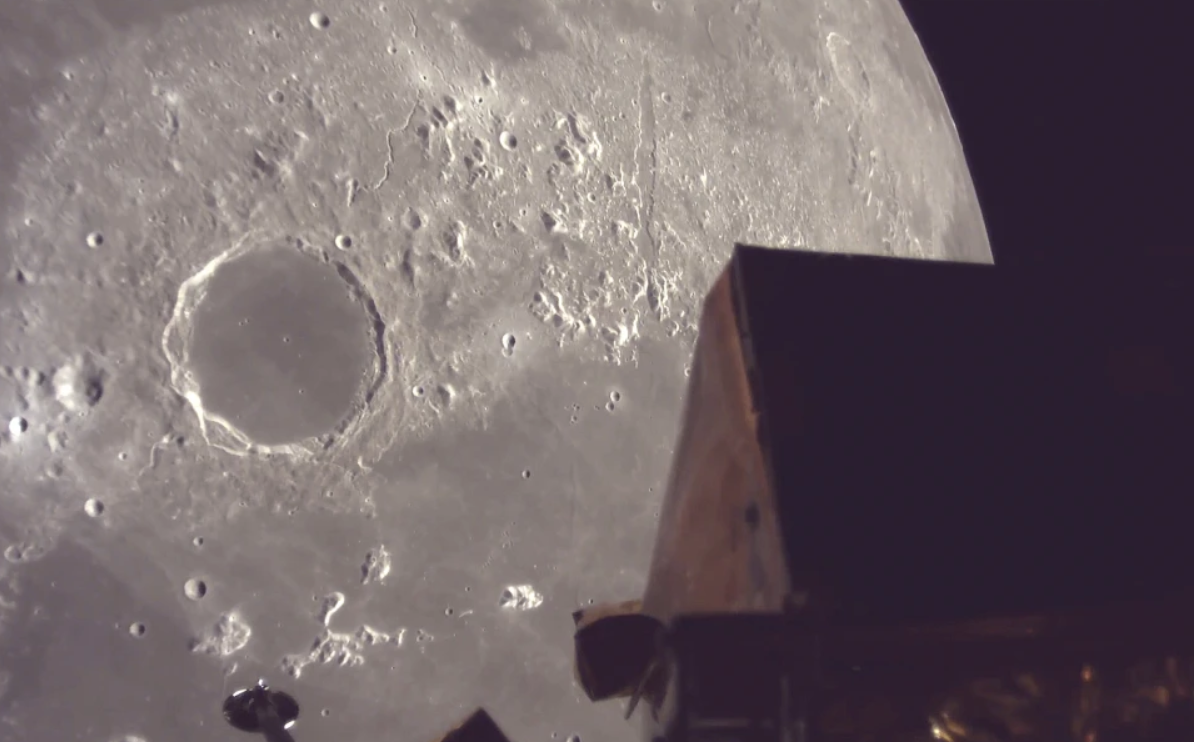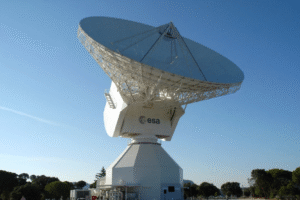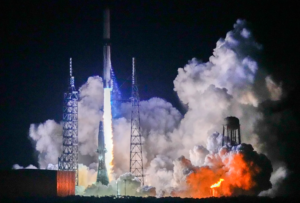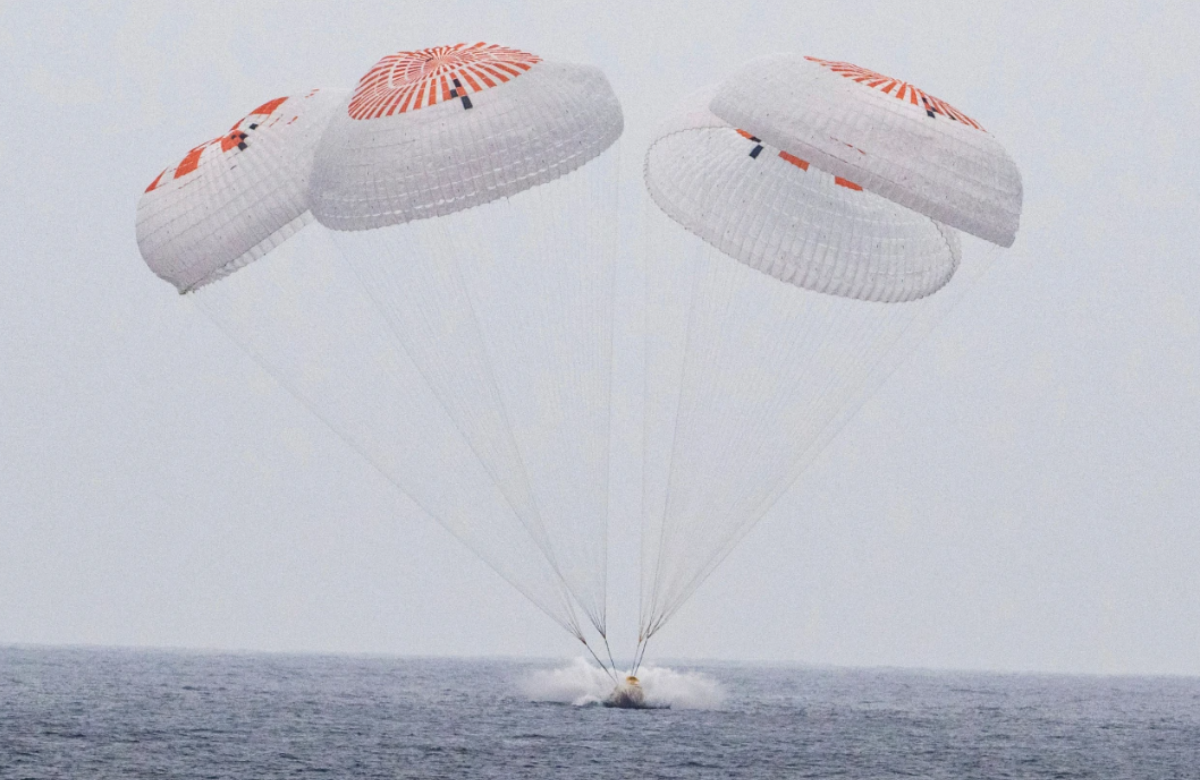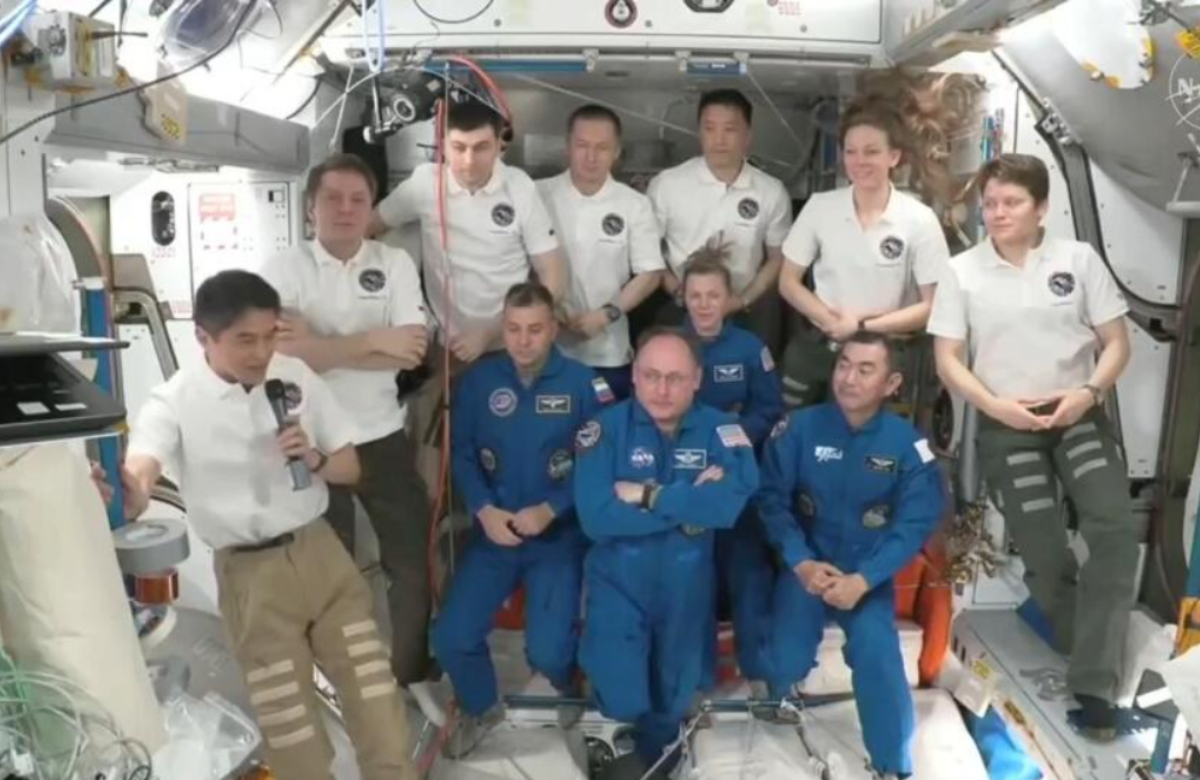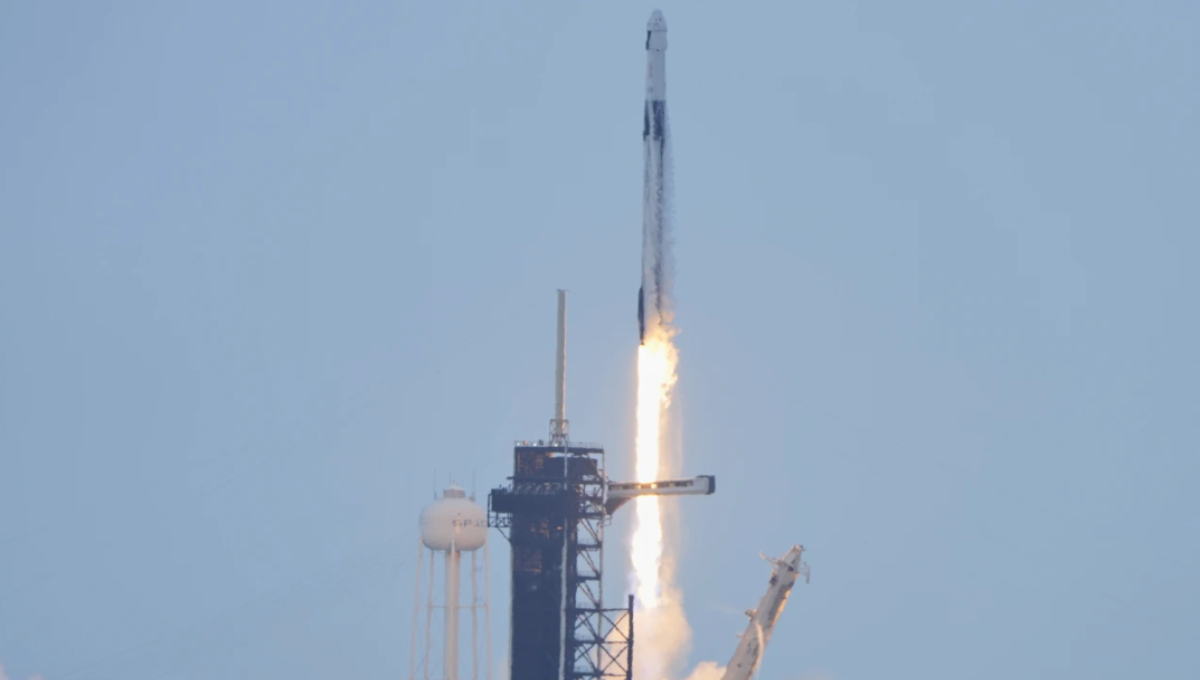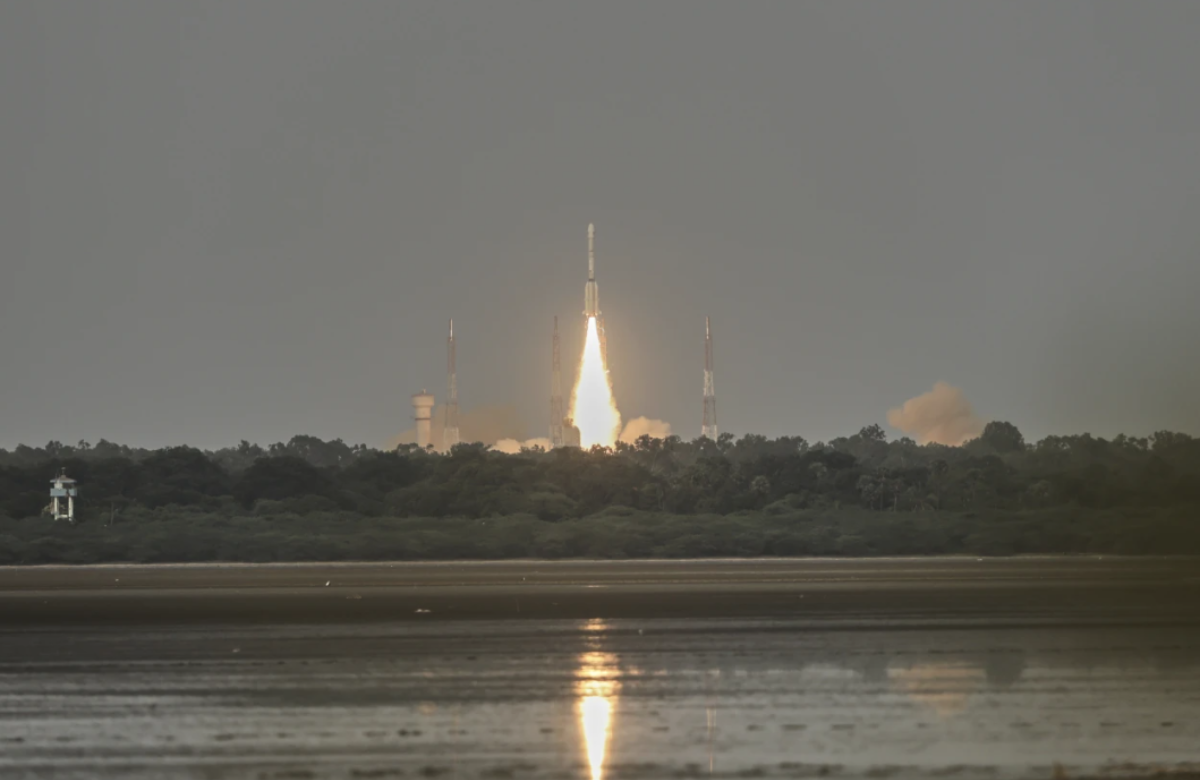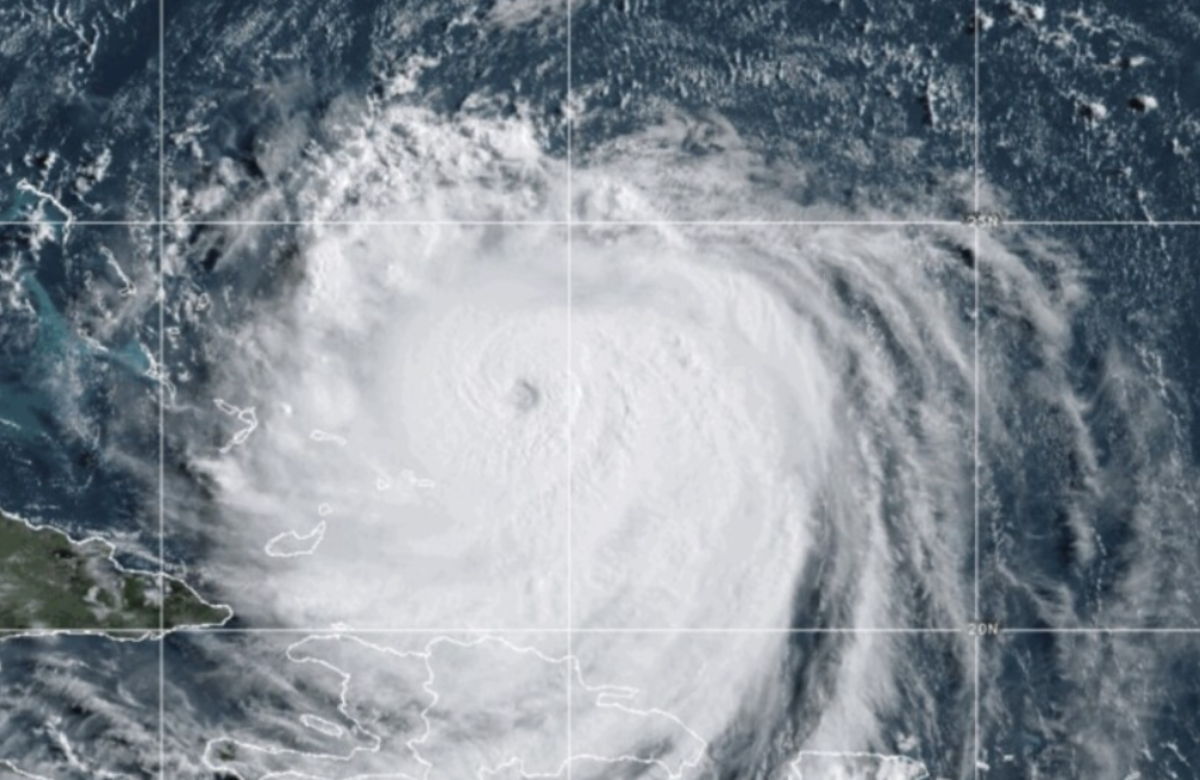A private Japanese lunar lander is nearing the moon, aiming to land in the previously unexplored far northern region carrying a small rover. The mission, undertaken by Tokyo-based company ispace, marks the latest move in the rapidly growing commercial race to the moon.
This mission follows the company’s first attempt two years ago, which ended in a crash. That previous setback inspired the name “Resilience” for this new lander. The Resilience carries a rover equipped with a shovel designed to collect lunar soil, as well as a miniature red house crafted by a Swedish artist, intended to be placed on the moon’s surface.
Traditionally dominated by government agencies, lunar exploration opened up to private ventures in 2019, though many early efforts ended in failure. Resilience was launched from Florida in January aboard a SpaceX rocket and entered lunar orbit last month. It shared its ride with Firefly Aerospace’s Blue Ghost, which successfully landed on the moon in March, becoming the first private mission to do so.
Another American company, Intuitive Machines, also reached the moon recently but its lander crashed near the lunar south pole, ending its mission within hours.
Unlike those southern missions, Resilience is targeting Mare Frigoris (Sea of Cold), a relatively flat, less hazardous area near the moon’s northern edge, known for its craters and ancient lava flows. After touchdown and establishing power and communication, the lander will send back images, likely several hours post-landing. The rover, named Tenacious and built in Europe, will be deployed onto the lunar surface, probably after the weekend.
Tenacious is a lightweight rover made of carbon fiber-reinforced plastic, featuring four wheels and a high-definition camera to survey the surroundings. It will move slowly—less than an inch per second—and can travel up to about two-thirds of a mile (1 kilometer) from the lander during the two-week lunar daylight mission. Besides its scientific objectives, the rover carries an artistic element: a small Swedish-style red cottage with white trim and a green door, called the Moonhouse, created by artist Mikael Genberg.
Isapce’s CEO and founder, Takeshi Hakamada, described this mission as just a “steppingstone” toward larger goals. The company plans to launch a bigger lander with NASA involvement by 2027 and anticipates even more missions beyond that. Jeremy Fix, chief engineer at ispace’s U.S. branch, emphasized that the company aims to build the lunar market rather than dominate it, recognizing the huge potential but also acknowledging limited funding and the need to avoid repeated failures. The cost of this mission was reported to be lower than the previous one, which exceeded $100 million.
Other U.S. firms, including Jeff Bezos’ Blue Origin and Astrobotic Technology, are also targeting moon landings by the end of the year. Astrobotic’s earlier lunar lander missed the moon entirely in 2024 and burned up during re-entry.
For decades, lunar exploration was the domain of national governments. So far, five countries have successfully conducted robotic moon landings: Russia, the U.S., China, India, and Japan. Only the U.S. has sent humans to the moon, with 12 astronauts landing between 1969 and 1972.
Looking ahead, NASA plans to send four astronauts around the moon next year, followed by the first crewed lunar landing in over 50 years, using SpaceX’s Starship for descent from lunar orbit. China also aims to land astronauts on the moon by 2030.
